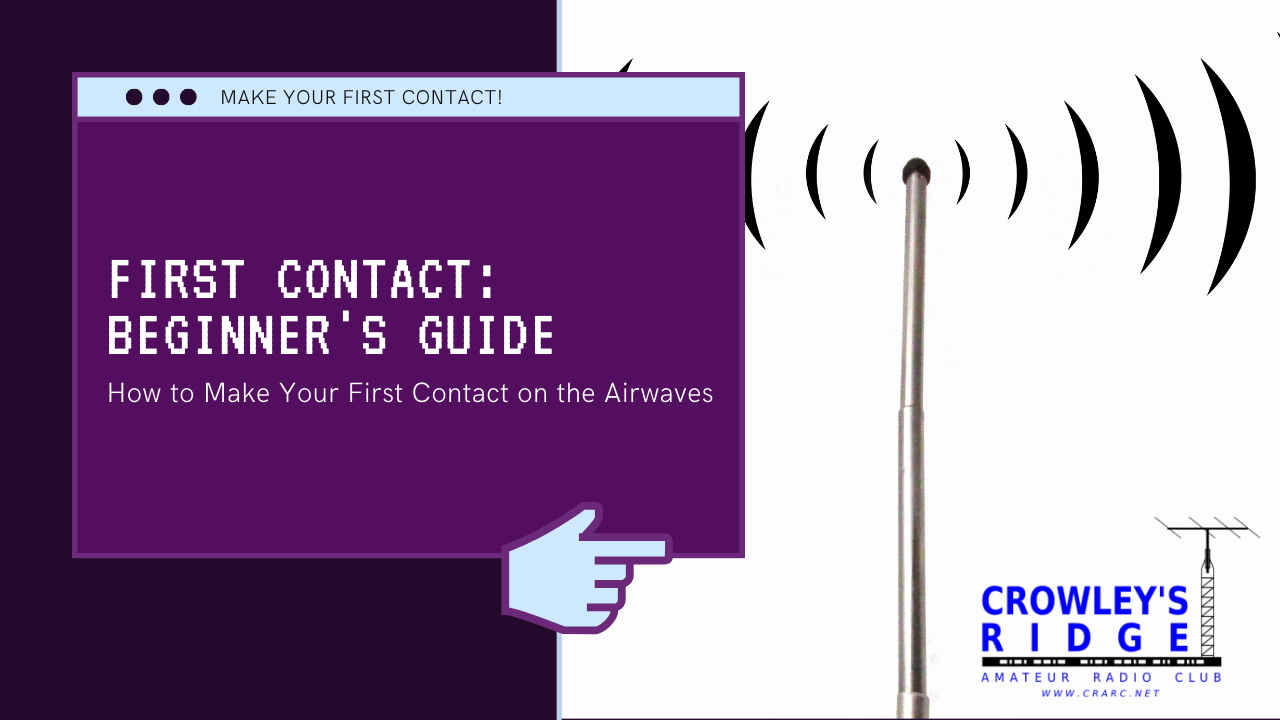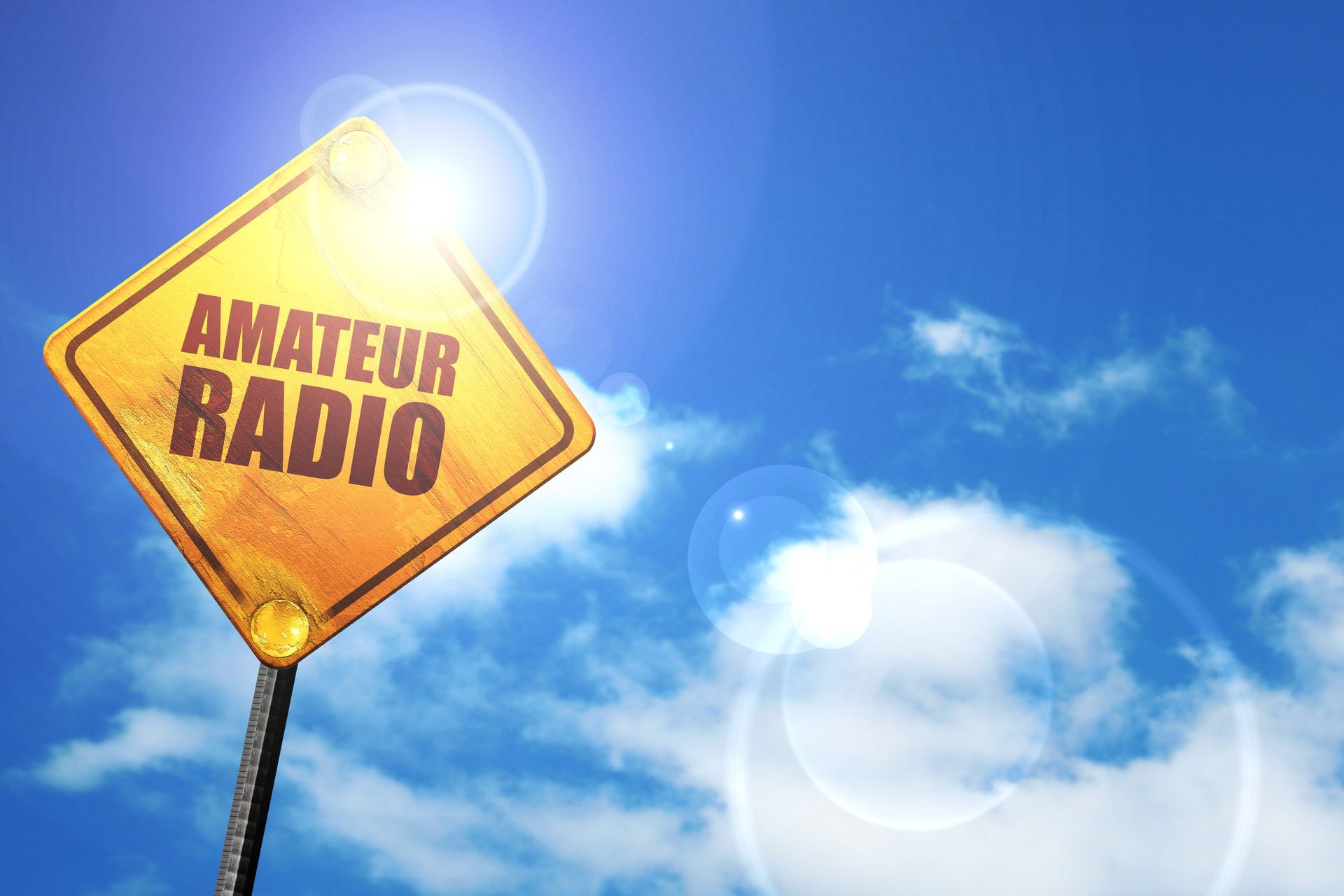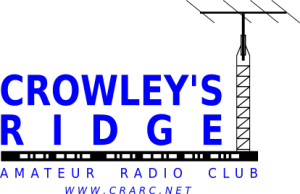Installing a home radio antenna is essential to ensuring strong signal reception and transmission. Proper installation can make a significant difference in your radio station’s performance. Follow these tips to get the best results:
1. Choose the Right Antenna
The type of antenna you select depends on the bands you intend to operate. Some common options include:
- Vertical Antennas: Great for multi-band use and take up less space. Ideal for HF or VHF/UHF.
- Dipole Antennas: Simple and effective for HF bands.
- Yagi Antennas: Best for directional communication and improving gain.
- Loop Antennas: Compact and efficient, often used for HF in smaller spaces.
Tip: Research which antenna suits your operating frequency and installation environment.
2. Location is Key
The higher your antenna, the better your signal will be. Consider these factors:
- Height: Install your antenna as high as possible, ideally above roof level. This improves line-of-sight communication for VHF/UHF and reduces obstructions.
- Clear of Obstacles: Avoid placing the antenna near buildings, trees, or power lines that could cause interference or reflect your signal.
- Grounding: Proper grounding is essential for safety and reducing noise, especially during thunderstorms.
3. Use Quality Coaxial Cable
The coaxial cable connects your antenna to your radio, and the quality of the cable impacts performance. Keep these tips in mind:
- Low Loss Cable: For long cable runs, choose low-loss coax like LMR-400 or RG-8 to minimize signal degradation.
- Short Runs: Keep the cable run as short as possible. Long runs can result in signal loss, especially on higher frequencies (UHF).
- Weatherproofing: Use waterproof connectors and weatherproof tape at the connection points to prevent water intrusion and corrosion.
4. Ensure Proper Grounding
Grounding your antenna system is crucial for two reasons: lightning protection and reducing electrical noise. Follow these guidelines:
- Lightning Protection: Install a lightning arrestor on your coax line and properly ground it to a suitable ground rod outside your home.
- RF Grounding: Ground the antenna system to reduce interference and protect your equipment from static buildup.
Tip: Ensure that the grounding rod is driven deep into the earth (at least 8 feet) for effective protection.
5. Consider SWR and Tuning
Standing Wave Ratio (SWR) measures how well your antenna system is matched to your radio’s transmission frequency. Poor SWR can lead to signal loss or damage to your radio. Follow these steps:
- Use an SWR Meter: Test the SWR on your antenna to ensure a good match. Adjust the antenna length or position if necessary.
- Tuning: For multi-band antennas, use a tuner to adjust the impedance, ensuring efficient transmission across different frequencies.
6. Mounting and Stability
Ensure that your antenna is securely mounted to withstand wind and weather:
- Sturdy Mounting: Use a solid mount, like a mast or tower, that can handle the weight of the antenna and won’t sway in the wind.
- Guy Wires: For taller masts or towers, use guy wires to provide stability.
- Roof Mounting: If mounting on a roof, ensure the mounting hardware is securely attached to the structure, and check for leaks if you penetrate the roof.
7. Avoid Interference
Minimize interference from other household electronics:
- Keep Distance from Electrical Wiring: Install your antenna away from power lines, electrical appliances, and Wi-Fi routers to prevent interference.
- RF Chokes and Filters: If you experience interference, consider using ferrite chokes or line filters to block unwanted RF signals from other equipment.
8. Safety First
Always follow safety precautions when installing an antenna:
- Watch for Power Lines: Keep a safe distance from overhead power lines to avoid accidental contact.
- Use Proper Climbing Gear: If you’re climbing on a roof or tower, use safety gear, including a harness and hard hat.
- Plan for Lightning: Disconnect your radio equipment and antennas during storms to protect them from lightning strikes.
Summary
Installing a home radio antenna can greatly enhance your amateur radio experience, improving both your signal quality and range. By choosing the right antenna, installing it in a clear, elevated location, and ensuring proper grounding and tuning, you’ll get the best performance out of your setup. Follow these tips to enjoy clearer communication and efficient operation on the airwaves.


